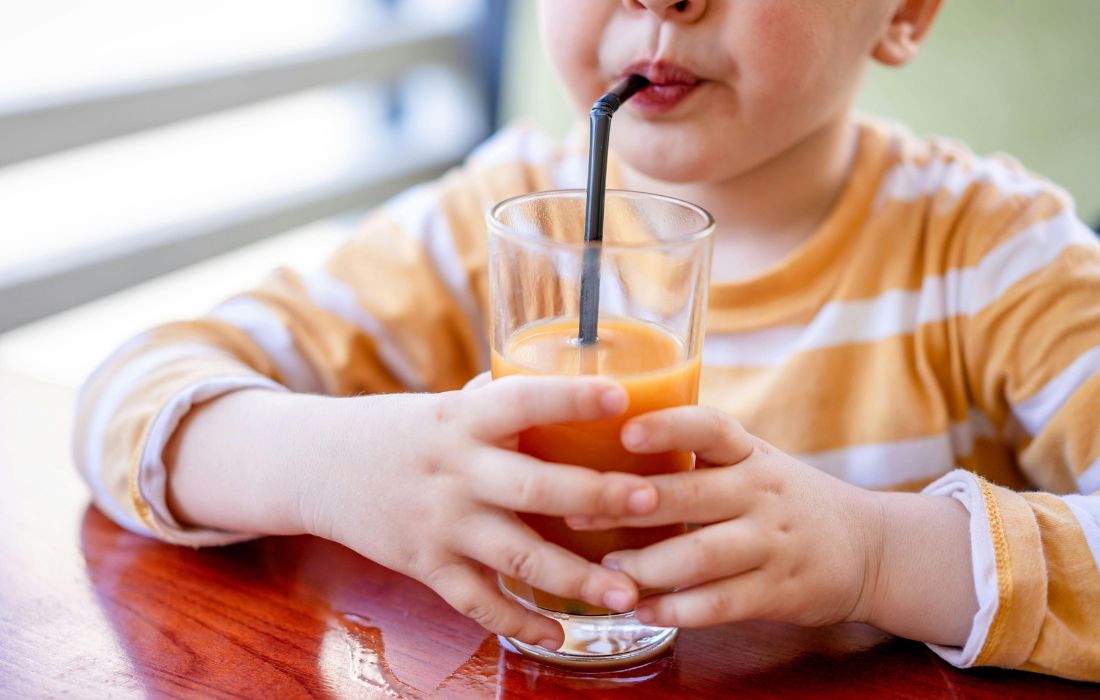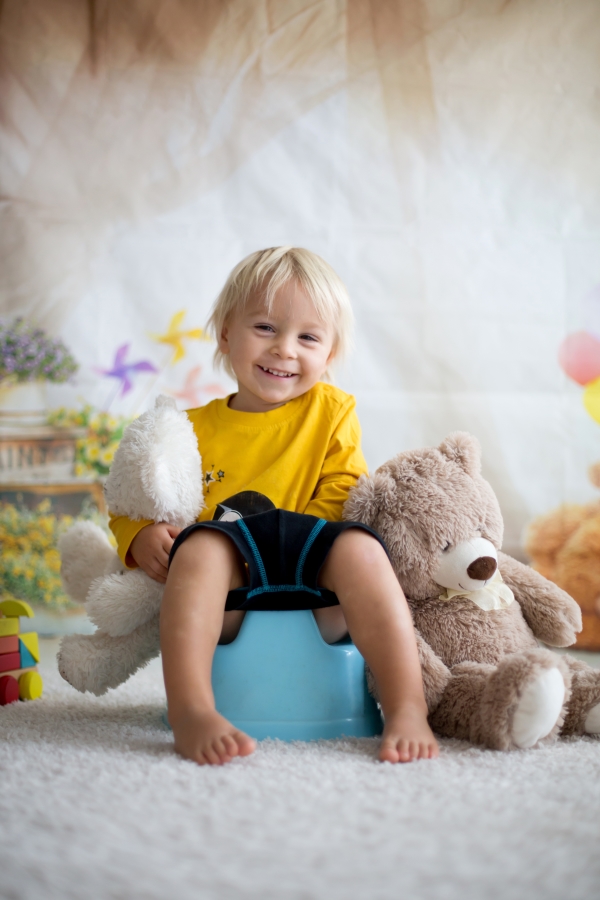The importance of staying hydrated, especially during the hot summer months, cannot be overstated. However, when it comes to potty training in the summer, hydration becomes even more critical! Ensuring your child stays well-hydrated can prevent issues like dehydration-related constipation, which could hinder their ease and comfort when using the potty.
In the early stages of potty training, encouraging your child to drink a little extra can prove beneficial. It’s simple: the more they drink, the more they’ll need to pee, providing more opportunities for potty practice!
Here are some practical and engaging ways to keep your child hydrated:
Ice Chips: Kids often perceive eating crushed ice as a fun activity or a treat. But besides the novelty, it’s a fantastic, calorie-free way to boost their hydration.
Creative Straws: Did you know that drinking through a straw results in a larger intake of water per sip? Introduce some colorful or crazy straws to make the act of drinking water an exciting experience.
Salty Snacks: Foods like pretzels or salty crackers can naturally induce thirst, leading your child to consume more water.
Hydrating Foods: Approximately 20% of our daily water intake comes from the food we eat. Luckily, several kid-friendly foods have high water content. Introduce your child to watermelon, celery, strawberries, cucumber, and zucchini, to name a few!
DIY Juice: Involve your child in the process of making fresh fruit juice. They’re more likely to drink something they’ve helped create, plus you can control the sugar content, unlike in store-bought juices.
Personalized Water Bottles: Allow your child to select and even decorate their own water bottles. This sense of ownership can significantly motivate them to drink more water.
Hydration Games: Turn hydration into an entertaining game. You could set up water drinking challenges or rewards to encourage regular water consumption.
Role Modeling: Children are imitators by nature. If they see you regularly drinking water, they’re more likely to follow suit.
By staying adequately hydrated, we ensure we have the energy necessary to enjoy the summer fully. Moreover, for children in the process of potty training, hydration aids in maintaining a regular and comfortable elimination routine, ultimately supporting their toilet learning journey.
Feeling a little lost or overwhelmed in your potty training adventure?
Book a 20-minute Mini Potty Coaching Call with a certified Gentle Potty Coach for just $45. Whether you’re dealing with an urgent challenge or need help choosing the right coaching package, this session is your next best step.




